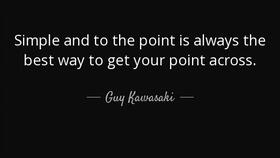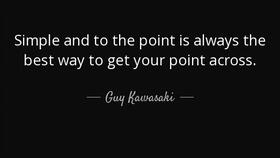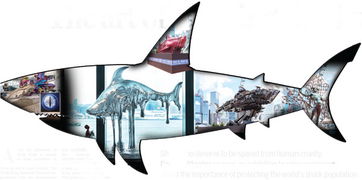Introduction: Bowfishing, a unique and exciting fishing method, has gained popularity among anglers looking for a thrilling and effective way to catch fish. In this article, we will provide you with a comprehensive guide to playing bowfishing, including the necessary equipment, techniques, and tips to help you become a master in this fascinating sport.
I. Understanding Bowfishing:
What is Bowfishing? Bowfishing is a method of fishing that involves using a bow and arrow to shoot at fish in the water. It is a popular sport in many countries, especially in areas where traditional fishing methods are not as effective.
Advantages of Bowfishing:

- Catching fish from a distance: Bowfishing allows you to target fish from a safe distance, reducing the risk of injury or harm to the fish.
- High catch rates: Bowfishing can be highly effective, especially in areas with abundant fish populations.
- Exciting and challenging: The sport offers a thrilling and adrenaline-pumping experience for anglers.
II. Equipment for Bowfishing:
- Bow: A bow specifically designed for bowfishing is essential. Look for a bow with a high draw weight and a durable design.
- Arrows: Choose arrows with a broadhead specifically designed for bowfishing. These broadheads are designed to minimize fish damage and ensure a quick kill.
- Bowfishing reel: A reel that can hold a sufficient amount of line is necessary to handle the distance and power of your shots.
- Line: Monofilament or braided line is suitable for bowfishing. Ensure the line is strong enough to handle the force of your shots.
- Safety gear: Always wear appropriate safety gear, such as a life jacket, helmet, and gloves, to protect yourself from potential accidents.
III. Techniques for Bowfishing:
- Positioning: Choose a spot with a clear line of sight and minimal obstacles. Stand on solid ground to maintain stability during your shots.
- Targeting: Scan the water surface for fish movement. Look for fish that are feeding or traveling in schools. Identify their location and size to determine the appropriate shot.
- Shot timing: Aim for the fish's head or upper body. A precise shot will ensure a quick kill and minimize fish damage.
- Follow-through: After releasing the arrow, continue to aim in the direction of the fish. This will help you maintain control and ensure a successful shot.
IV. Tips for Successful Bowfishing:
- Practice shooting: Spend time practicing your shooting technique on a safe, open area. This will help you develop accuracy and confidence.
- Learn to read the water: Observe the water conditions, such as wave patterns, fish behavior, and weed beds, to predict where fish may be hiding.
- Adapt to different environments: Bowfishing can be done in various environments, from calm lakes to fast-moving rivers. Adjust your technique and equipment to suit the specific conditions.
- Stay patient: Bowfishing can be challenging, and it may take time to develop your skills. Stay patient and persistent, and you will improve over time.
- Respect the fish: When catching fish, handle them with care to minimize stress and ensure their survival. Release any fish that are not legal to keep or are too small.
Conclusion: Bowfishing is a thrilling and unique fishing method that offers anglers a new level of excitement and challenge. By understanding the necessary equipment, mastering the techniques, and following our tips, you can become a proficient bowfisher. Enjoy the sport and the abundant fish populations it offers, but always remember to respect the fish and the environment. Happy bowfishing!












